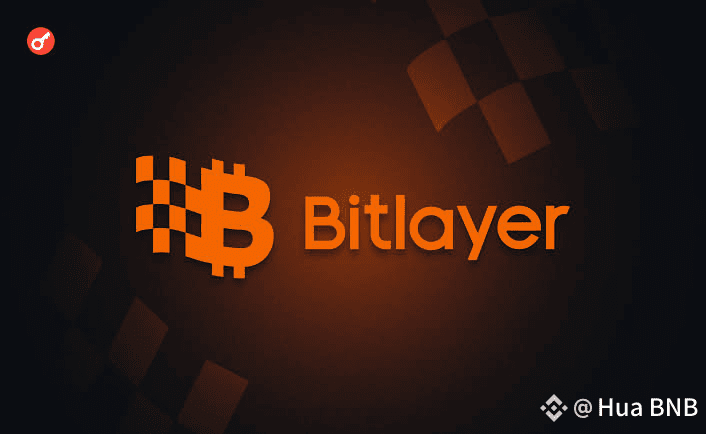Example 2: Governance Voting
Let’s say Bitlayer wants to lower transaction fees.
Ravi holds 5,000 BTR tokens.
A proposal is created to reduce the fees by 20%.
Ravi uses his tokens to vote in favor of the change.
The proposal passes because the majority of token holders agreed.
Here, BTR acted as a voting ticket.
Example 3: Staking for Rewards
Maya owns 10,000 BTR. Instead of keeping them idle, she stakes them in the Bitlayer network.
By staking, she helps secure the network.
In return, she earns extra BTR tokens as rewards every month.
Example 4: Everyday Utility
Suppose Alex wants to send data or run a smart contract on Bitlayer.
The network charges a small transaction fee in BTR.
Alex pays the fee with his BTR tokens, just like paying gas fees in Ethereum.
Real-World Analogy
Think of Bitlayer as a country and BTR as its official currency:
You earn it by contributing to the country’s economy (building apps, bringing users, providing services).
You use it to pay for services inside the country (transaction fees, premium features).
You use it
to vote in the country’s decisions (governance).


